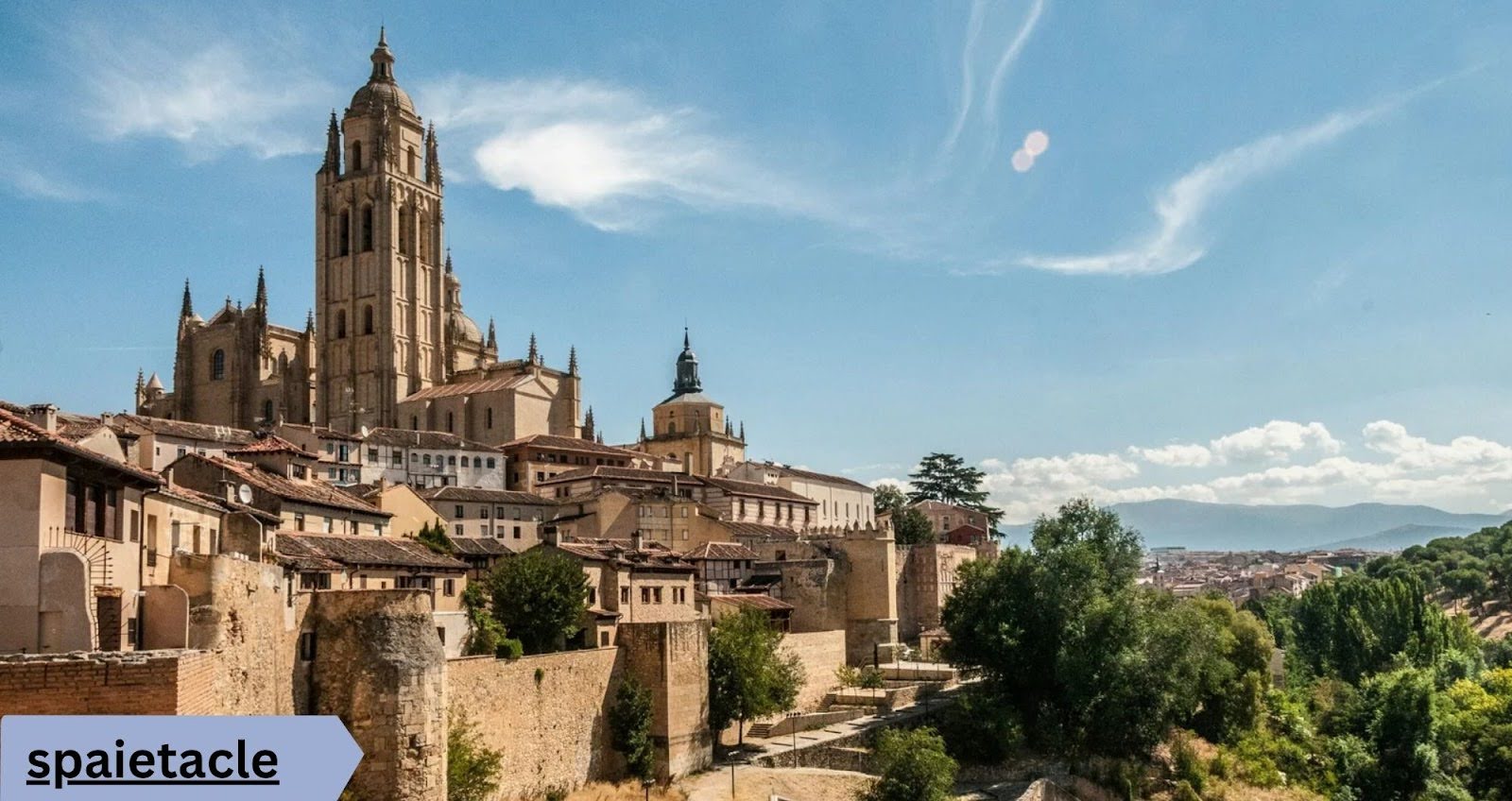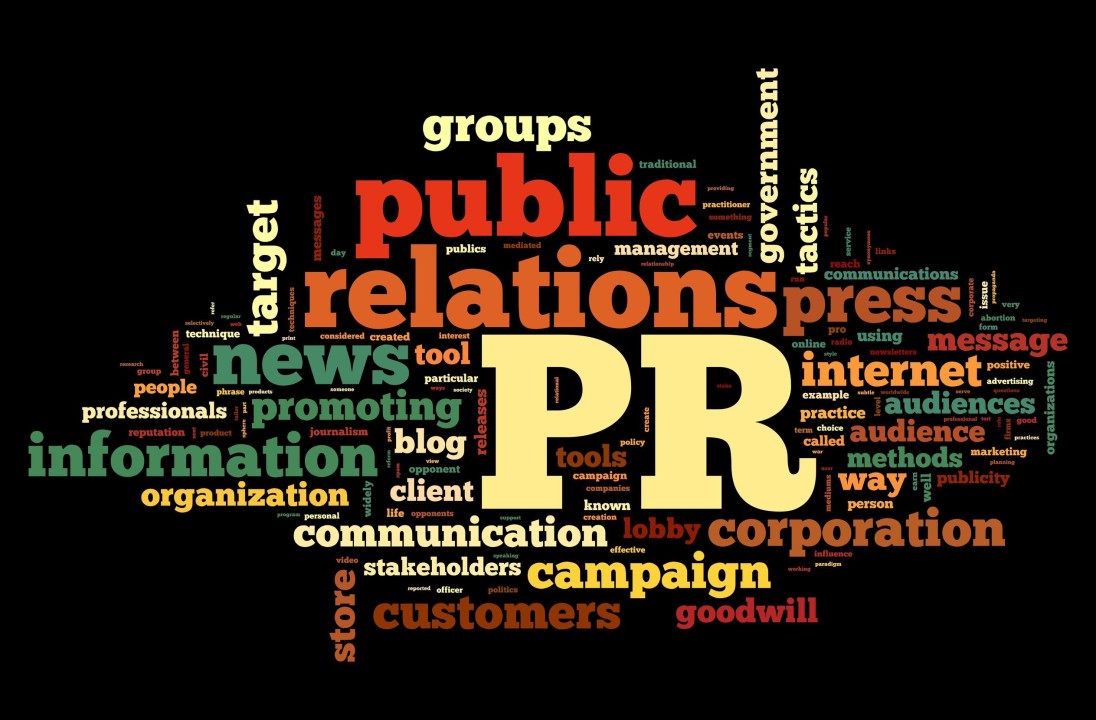In a world where technology and art intertwine, new terms often emerge to encapsulate innovative concepts. One such term is “spaietacle.” Though it may sound unfamiliar at first, spaietacle signifies a fascinating blend of spatial experiences and visual spectacles that captivate our senses in unprecedented ways. But what exactly does this term mean? Where did it originate, and how is it manifesting in modern culture? As immersive environments become increasingly prevalent—from interactive art exhibits to virtual reality adventures—understanding the essence of spaietacle not only enhances our appreciation for these experiences but also sheds light on their significance in today’s society.
Join us as we dive deep into the meaning, origin, and evolving relevance of spaietacle. Discover how this concept is reshaping artistic expression and technological innovation while exploring its cultural impact on social interactions.
Whether you’re an art enthusiast or simply curious about emerging trends, this exploration promises to enlighten you on the intriguing possibilities that spaietacle holds for the future.
Understanding the Meaning of Spaietacle
Spaietacle is a term that merges two critical concepts: space and spectacle. At its core, it represents experiences designed to engage viewers not just visually but also spatially. This involves creating environments where perception is altered through immersive environments, making participants feel as though they are part of the artwork or event.
The essence of spaietacle lies in its ability to transcend traditional boundaries of art and display. Rather than merely observing from a distance, individuals become active participants in an experience that envelops them entirely. This transformation leads to deeper emotional connections with the content presented.
In practical terms, spaietacle can manifest in various forms—from large-scale installations in galleries to virtual reality setups that transport users into different realms.
The common thread connecting these examples is their shared goal: to evoke awe and wonder by altering one’s relationship with physical space.
Language plays a crucial role here too; “spatial” refers specifically to dimensions and locations while “spectacle” emphasizes visual impact and dramatic flair.
Together, they create a new vocabulary for discussing contemporary artistic endeavors focused on audience engagement rather than passive observation.
What sets spaietacle apart from other artistic movements is its emphasis on multi-sensory interaction. Audiences might hear sounds synchronized with visuals or feel vibrations resonating throughout the environment—stimulating not just sight but touch and sound as well.
Moreover, advancements in technology have propelled the concept forward dramatically over recent years. Innovations such as augmented reality (AR) and interactive projections allow artists more tools at their disposal for crafting immersive experiences tailored for individual viewers.
Understanding spaietacle means recognizing how it reflects our evolving relationship with art itself—blurring lines between creator and viewer while redefining what constitutes meaningful engagement within cultural contexts today.
The Origin and History of Spaietacle
Spaietacle is a term that has captured the imagination of artists, technologists, and audiences alike. Its roots can be traced back to a blend of spectacle and spatial experiences.
This fusion creates an immersive environment where viewers become active participants rather than passive observers.
The concept began to take shape in the early 21st century as technology rapidly evolved. Innovations in virtual reality (VR) and augmented reality (AR) provided fertile ground for new artistic expressions. Artists sought ways to engage their audience beyond traditional formats like painting or sculpture.
One significant precursor to spaietacle was the rise of multimedia installations during the late 20th century. These works often combined video projections with physical elements, creating an enveloping atmosphere for spectators. They paved the way for more complex interactions between space and viewer engagement.
As technology advanced, so did artistic ambition. The integration of soundscapes, motion sensors, and interactive features led creators toward a more holistic experience that transcended mere observation.
Spaietacle emerged from this desire to create art that exists within a three-dimensional context—one that surrounds and involves its audience directly.
Cultural events such as festivals have also played an important role in popularizing spaietacle concepts. Workshops created spaces where artists could experiment with these ideas alongside technologists and designers actively seeking innovative approaches to storytelling through immersive environments.
Historical influences can also be found in ancient architecture designed for communal gatherings—like amphitheaters—that aimed at producing shared experiences among attendees through their very structure.
This notion resonates deeply within modern interpretations of spaietacle today since it inherently emphasizes collective participation over solitary observation.
In recent years, academic discourse around spaietacle has gained momentum too; scholars are analyzing its societal impact as well as its potential implications on communication methods moving forward—a clear indication that this evolving genre will continue shaping our cultural landscape.
How Spaietacle is Transforming Immersive Experiences
Spaietacle is redefining the landscape of immersive experiences across various sectors. This innovative concept blends spatial awareness with spectacle, creating environments that fully engage users’ senses. Unlike traditional forms of entertainment, spaietacle prioritizes interaction and personal involvement.
One key aspect of spaietacle is its ability to transcend boundaries between physical and digital realms. Through advanced technologies such as augmented reality (AR) and virtual reality (VR), individuals find themselves in dynamic settings where they can explore freely. The experience becomes more than just viewing; it transforms into active participation.
Art galleries are among the first spaces embracing this transformation. Artists now curate installations that utilize spaietacle principles, allowing visitors to interact with art pieces on multiple levels. Instead of simply observing a painting from afar, viewers can step inside digitally created worlds or manipulate elements within an installation.
Entertainment venues have also adopted spaietacle techniques to enhance audience engagement during performances.
Concerts now incorporate AR visuals that react to music in real time, offering fans an unforgettable sensory journey rather than a static show. This synergy between sound and visual stimulation keeps audiences captivated throughout the event.
Education has not been left behind either; institutions leverage spaietacle for immersive learning experiences. By using interactive simulations or gamified lessons, students become part of their educational content instead of passive recipients.
Subjects like history or science come alive through these engaging platforms, fostering deeper understanding and retention.
Corporate training programs are witnessing similar shifts thanks to spaietacle frameworks. Companies use tailored VR scenarios for employee development—allowing staff to practice skills in safe yet realistic environments without real-world consequences.
As these applications continue evolving, we see increased collaboration across diverse fields aiming to create even richer immersive experiences through spaietacle concepts.
Applications of Spaietacle in Modern Art and Technology
Spaietacle, a term that blends spatial awareness with spectacle, is making waves in both modern art and technology. Its applications are reshaping how we perceive space and engage with our surroundings.
In the realm of visual arts, spaietacle encourages artists to think beyond traditional canvases. Artists now create immersive installations that envelop viewers in an experience rather than just presenting a piece to look at.
These installations often incorporate augmented reality (AR) or virtual reality (VR), allowing participants to interact directly with the artwork.
One notable application is found in digital projection mapping. This technique transforms ordinary surfaces into dynamic displays, creating captivating visuals that respond to audience movements.
Galleries worldwide have adopted this method, engaging visitors on multiple sensory levels and offering new dimensions of artistic expression.
The intersection of spaietacle with technology also extends into performance art. Modern theater productions utilize interactive elements where audiences can influence narratives through their choices or physical presence within the performance space. This creates a more personalized and memorable experience for attendees.
Moreover, architects are exploring spaietacle by designing spaces that become part of the art itself. Buildings equipped with responsive facades change appearance based on external conditions or user interactions, blending functionality with aesthetic appeal seamlessly.
In education, spaietacle has revolutionized learning environments as well—classrooms now use AR tools to visualize complex concepts like anatomy or physics. By enabling students to interact physically with these virtual models, educators foster deeper understanding and retention of information.
Commercial industries leverage spaietacle for marketing purposes via immersive experiences at events or exhibitions.
Brands aim not only to promote products but also create unforgettable moments that resonate emotionally with consumers long after they leave the venue—which ultimately enhances brand loyalty and recognition across diverse markets.
The Cultural and Social Relevance of Spaietacle Today
Spaietacle has emerged as a significant concept in contemporary culture, reflecting the intersection of technology and human experience. As society increasingly embraces digital advancements, spaietacle serves as a bridge between the physical and virtual worlds. This blending enhances communication and interaction, reshaping how we perceive our environments.
The rise of social media platforms has amplified the relevance of spaietacle. Users actively curate their identities through immersive experiences that combine art, performance, and personal storytelling.
Spaietacle invites individuals to engage with content more dynamically than ever before, allowing for deeper connections among users worldwide.
Artistic communities have also embraced spaietacle’s potential to revolutionize traditional forms of expression. Exhibitions combining visual arts with augmented reality capture audiences’ imaginations like never before. These innovative approaches challenge conventional boundaries while fostering new dialogues about creativity and identity.
In educational settings, spaietacle is transforming learning experiences across various disciplines. By incorporating interactive elements into lessons or presentations, educators can engage students on multiple sensory levels.
This not only makes learning more enjoyable but also encourages critical thinking skills essential for navigating today’s complex world.
Moreover, events centered around spaietacle are cultivating community engagement on local and global scales. Festivals celebrating immersive storytelling create collaborative spaces where diverse voices can share their narratives—fostering understanding among different cultures while promoting inclusivity.
Businesses now recognize the value of integrating spaietacle into marketing strategies to captivate consumers’ attention effectively.
By crafting unique brand experiences rooted in interactivity, companies build lasting relationships with their audience while enhancing brand loyalty.
As discussions surrounding mental health gain momentum globally, spaietacle provides an outlet for self-expression and exploration during challenging times. Through creative projects addressing social issues or personal struggles, individuals find solace in shared experiences—reinforcing a sense of belonging within larger communities.
Future Trends and Developments in Spaietacle
As we look ahead, the future of spaietacle appears to be a canvas filled with endless possibilities. The rapid advancement in technology continues to expand the parameters of immersive experiences.
Virtual reality (VR) and augmented reality (AR) are set to play significant roles in shaping how audiences engage with spaietacles.
One emerging trend is the integration of artificial intelligence into spaietacle creations. AI-driven narratives can adapt in real-time based on audience interactions, creating personalized experiences that enhance emotional connections. This capability allows for storytelling that evolves uniquely for each viewer, making every experience distinct.
Moreover, as 5G technology becomes widespread, we’ll see improvements in data speed and connectivity. This will enable more elaborate and interactive spaietacles that can involve larger crowds without lag or disruptions.
Events could become even more dynamic and engaging, offering seamless audio-visual elements that respond instantaneously to user input.
The rise of wearable tech also hints at fascinating developments within the realm of spaietacle. Imagine attending a concert where your smartwatch syncs with light displays, or an art installation where your VR headset presents unique visuals tailored specifically for you based on biometric feedback.
Additionally, sustainability is becoming crucial across various industries—including art and entertainment. Future spaietacles might incorporate eco-friendly materials or use renewable energy sources to minimize their carbon footprint while still delivering breathtaking visual content.
Collaboration between artists from different disciplines—such as musicians partnering with digital artists—will likely flourish too. These cross-discipline projects often yield innovative ideas that push boundaries further than traditional methods allow.
As society becomes increasingly interconnected through digital platforms, so too will our engagement with artistic expressions like spaietacle evolve.
It promises not just growth but transformation—a shift towards deeper connections among creators and audiences alike through shared immersive journeys into new realms of creativity and imagination.




